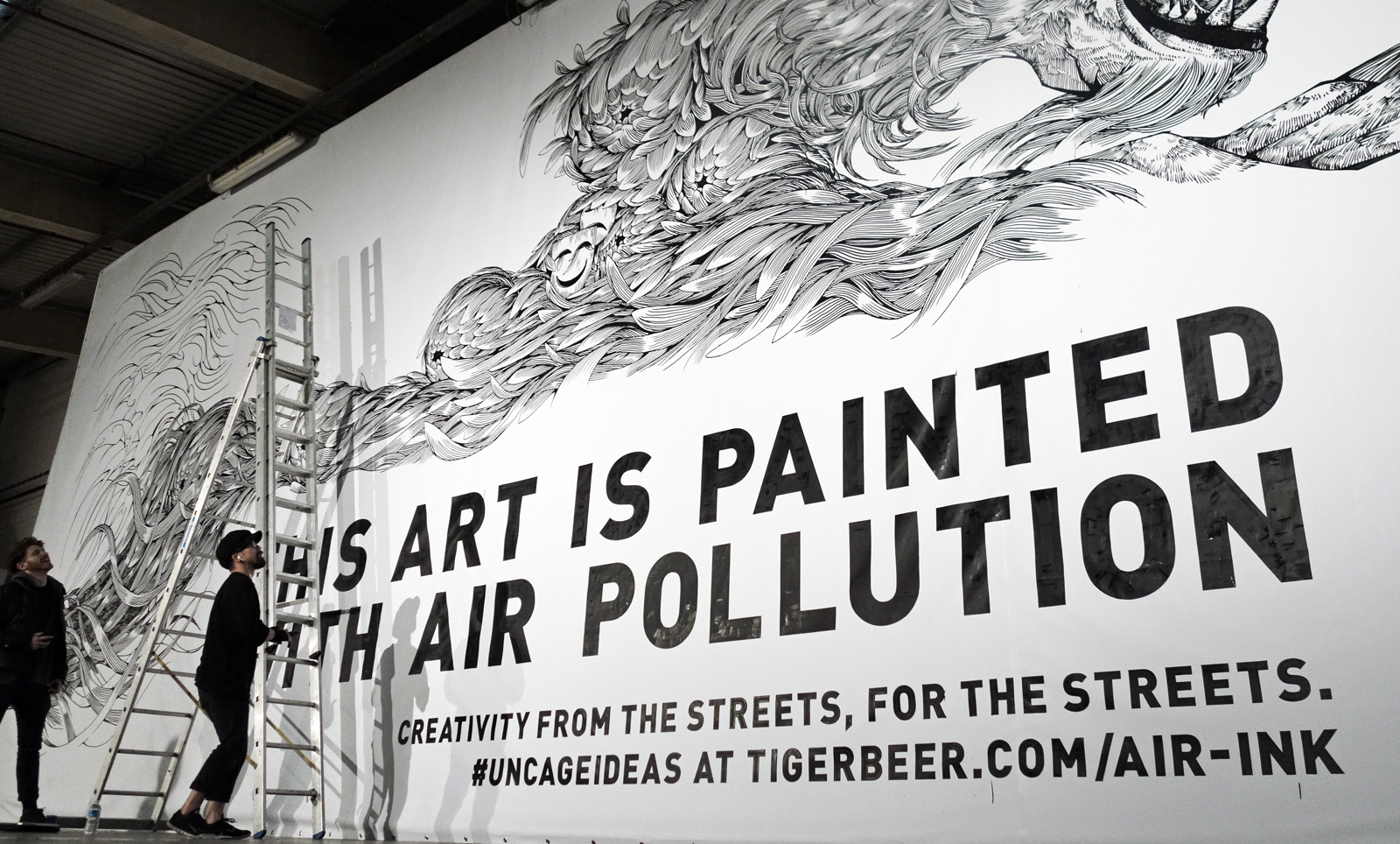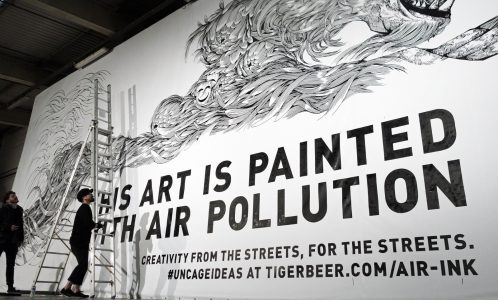
09 Nov How does sustainable marketing work?
‘Green, green, green are all my clothes’ – this is the beginning of a well-known nineteenth-century children’s song. The song combines love poetry with the praise of various professions. In today’s context, however, the song line should have a different meaning. Anyone who sings today “green, green, green are all my clothes” no longer means his darling, the hunter, but almost certainly a cabinet filled with fair trade, organic cotton and organic clothing. The color symbolism has thus transformed away from the association with a professional uniform to the private lifestyle gadget. And now all together:
“Green, green, green are all my clothes;
green, green, green is everything I have.
That’s why I love everything that is so green
because I define myself as a good person through fair fashion. “
Basically, there is nothing wrong with that at first – but how do you recognize as a consumer, what is really “green” and what greenwashing? And is there even such a thing as “sustainable advertising”?
On October 19, I tried to get to the bottom of this question. The event was: Sustainable Advertising – Can Marketing Improve Our Society? However, this question did not even seem to be able to answer the speakers of the event. However, one thing became more and more obvious: sustainable marketing only works in relation to a sustainable product, for example lingerie made of wood fibers, which is then advertised. A prime example of how things are different was Air-Ink from India. The start-up converts CO2 emissions from trucks into ink, which is then used, for example, in urban areas for street art, outdoor advertising or by artists. The message “This Art is painted with Air Pollution” I find quite strong and embodies for me the successful cycle of the “exhaust product”, which is then used as an impressive message again.

But how does sustainable marketing work now?
Andrea Henao from 360 ° Agency Berlin names 3 pillars of sustainable advertising:
- Only promote sustainable brands.
- Better regulation of data usage.
- Sharing expertise with the least developed countries.
The Sinnema animation studio lives up to these very principles – so, as the name implies, it creates content with ‘meaning’. If you ask me, marketing will only be sustainable if companies pay attention to the following: advertising is not harmful to the environment or anti-social, communication is open and honest, and the messages are credible and validatable. All things that should be self-evident – in today’s society, however, must be translated into sustainable marketing concepts, so that the Homo economicus does not forget the humanity in all the growth constraint.
Pictures: Air-Ink.com



No Comments